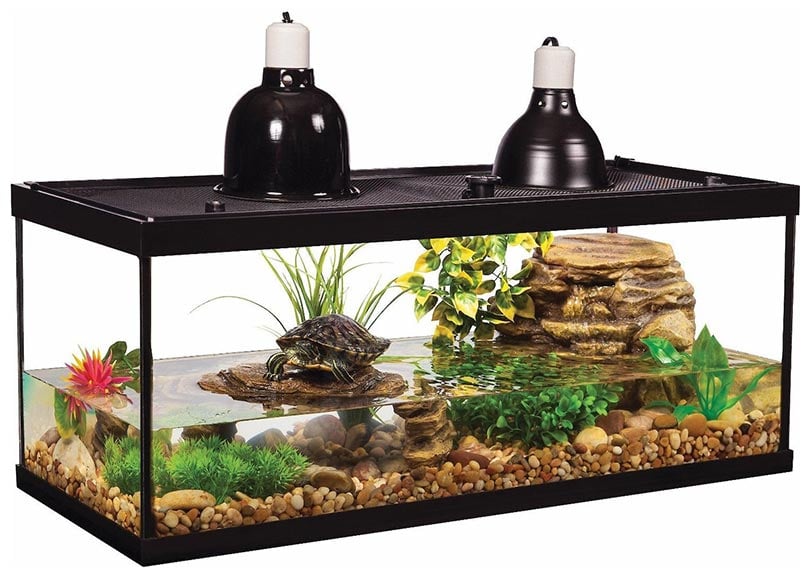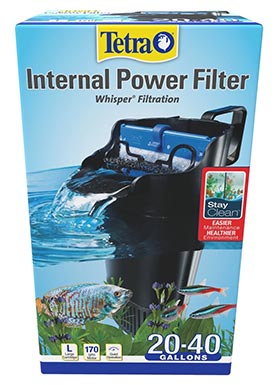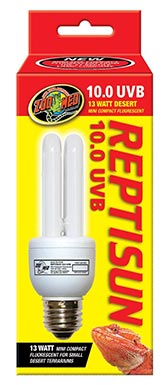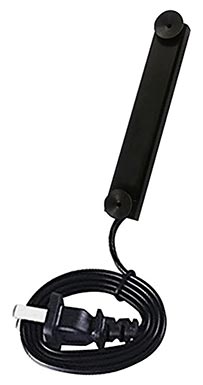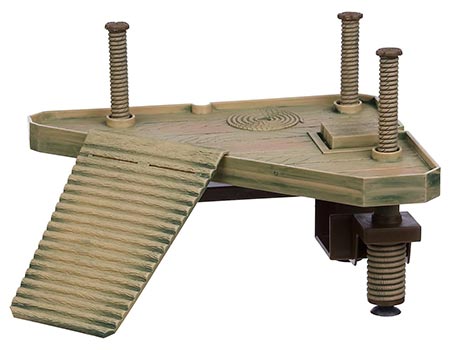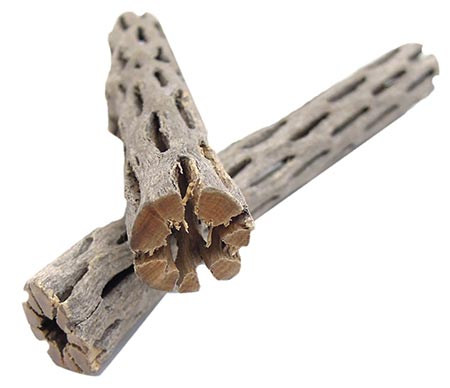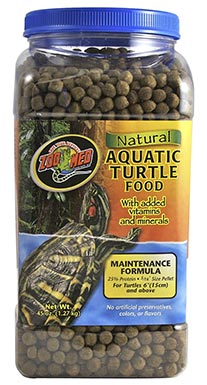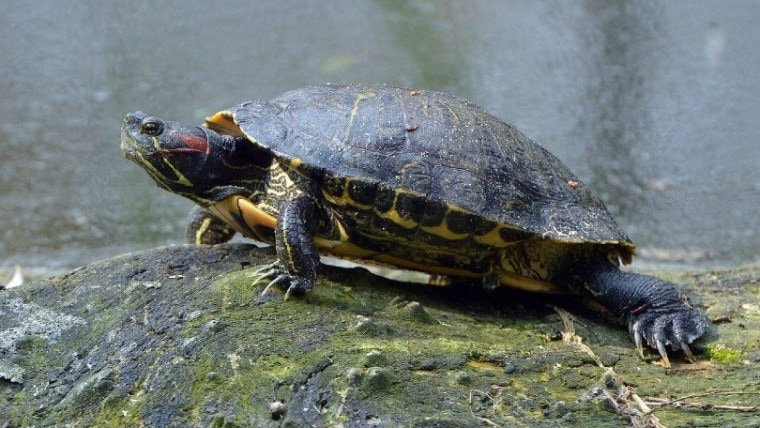
Click to Skip Ahead
Red-eared sliders are semi-aquatic turtles with yellow and green markings and red patches behind their ears. In the wild, they can have devastating impacts on ecosystems and are actually considered to be one of the world’s most invasive species. But as a pet, they can be exciting and rewarding.
If you’re considering a red-eared slider turtle as a new pet, you should know that they require a significant amount of care and a hefty upfront investment. Since they can live to be 30 years, though, they’re an investment worth making.
Keep reading to find eight essential items you need to buy before you welcome a slider into your home.
The 7 Essential Red-Eared Slider Turtle Supplies
Tank Maintenance
1. Aquarium
The absolute minimum size for housing a baby turtle is 20 gallons. However, you should be prepared to invest in a much larger tank as your turtle grows. A rough guide is to have 10 gallons of tank per one inch of turtle shell length. You’ll likely be looking at a 50- to 75-gallon tank for your adult turtle, but some larger red sliders will need an even bigger tank.
The tank water must be at least 30 cm deep, and the land area should be around a third of the tank’s space.
We love the Tetrafauna Aquatic Turtle Deluxe Aquarium Kit as a starter tank for your baby red slider. This tank system has everything you need to welcome your new baby home. It has a screened top to encourage proper ventilation, a waterfall filter, a basking platform, heat lamps, and more. However, it’s definitely worth exploring larger options too, considering how fast your pet may grow.
2. Water Filter
A water filter is essential to your setup as it ensures the water is as clean as possible. However, turtles will produce more waste than fish so the filter you settle on needs to be rated for a tank with greater capacity. For example, if you have a 20-gallon aquarium, the filter should be rated for a tank that’s 50 gallons or more.
There are several filter types to choose from. Some go inside the tank while others hang on the back. The kind you choose will ultimately come down to your preference and budget. The type placed outside the aquarium tends to be more expensive than the submersible type.
We like Tetra’s Internal Power Filter if you’re searching for a submersible filter for your baby turtle’s tank. This product is quiet and has an anti-clog design for easy and convenient maintenance.
For external filters, we love this option from Zoo Med. They come in 50- or 75-gallon options and are simple to install and operate. In addition, this particular filter has an adjustable flow rate, so you can fine-tune it to get the desired results.
3. Lighting
Turtles need adequate UVA and UVB lighting in their aquariums. Without proper lighting, your turtle can develop metabolic bone disease (MDB), a condition that softens and deforms its shell and bone structure.
Basking is an essential part of a healthy turtle’s life. The best basking light will provide both UVA and UVB lighting. We’ll dive a little deeper into basking a little later in our article.
We like Zoo Med’s ReptiSun 10.0 UVB Lamp as it provides UVA lighting to boost your turtle’s activity level and appetite and UVB lighting to prevent MBD.
Your aquarium setup will likely come with lamp fixtures, but if it doesn’t, we like the Aquatic Turtle UVB & Heat Lighting Kit from Zoo Med.
Make sure you turn off your UVB lighting at night. We recommend setting your lighting up on an automatic timer to ensure they’re getting turned on and off at regular intervals. Please note that most UVB lamps have a lifespan indicated on the box or within the instruction manuals. After this period lapses, you should replace the lamp.
4. Heating
Red-eared sliders are ectothermic, which means they rely on the environment they live in to regulate their temperature. Therefore, the temperature in the aquarium needs to be controlled carefully to keep your pet healthy and happy.
Aim to keep the water at 75–80°F (approximately 22 – 26 °C) as this temperature encourages swimming but isn’t so warm that your turtle won’t come out to bask. We recommend the warmer end of that temperature spectrum for hatchlings.
If you cannot keep the water temperature where it needs to be, the SunGrow Fully Submersible Aquarium Heater can help. This heater allows you to choose the perfect temperature and will adjust accordingly.
The basking platform temperature should be much warmer, between 85–90°F (29 – 32 °C).
We recommend Zoo Med’s Digital Thermometer for keeping tabs on your turtle’s tank temperatures.
Comfort Supplies
5. A Basking Spot
Your turtle will need a dedicated basking area in its aquarium. Basking gives the body a chance to encourage essential body processes like immune function and digestion.
The ideal basking spot is somewhere out of the water but near their lighting. We love the Penn-Plax Floating Turtle Pier Platform. This is an excellent basking spot as it has a textured ramp that your turtle should find easy to climb.
6. Décor
You don’t need décor in your turtle’s aquarium, but it can add to the ambiance of the tank and enrich your pet’s life. Try to keep the aquarium as uncluttered as possible to keep it clean.
Plants add a beautiful love to the tank, but your turtle will likely try to eat them and may also dig them up. If you must add live plants, you must ensure they’re turtle safe first. Java fern, anubias barteri, and sword plants are great for beginners and won’t harm your pet. We recommend steering clear of fake foliage as your turtle may chew on it.
We love decorative touches like this driftwood from SubstrateSource or this floating turtle log hideout from Zoo Med that can double as a basking spot.
Feeding Supplies
7. Food
Red-eared sliders are omnivores, so they need a diet that combines plant and animal materials. Babies will need more animal protein, so if you’re bringing home a young turtle, be prepared to spend some money to satisfy those carnivorous urges.
Commercial pellets are a nutritious and convenient way to ensure your turtle gets the vitamins and minerals it needs to thrive. Zoo Med’s Natural Aquatic Maintenance Formula is specially designed to meet the dietary needs of adult aquatic turtles. It has 25% protein to ensure your pet gets the macronutrients it needs, and the pellets float so your turtle can satisfy its natural feeding instincts.
Prey items such as crickets, silkworms, shrimp, krill, and mealworms are great animal-based protein options to offer your slider. We like these sun-dried shrimp treats as their high n protein and safe to use as a staple food.
Please note that the dietary requirements of pet turtles are very specific to each individual turtle and continuously change throughout their lives. You should always consult your veterinarian to formulate a meal plan that works for your pet.
Overfeeding a pet turtle is just as detrimental to their health as underfeeding and therefore, it is important to not approximate or guess your turtle’s nutritional requirements. Red-ear sliders are opportunistic feeders and will readily overfeed whenever the opportunity arises. This can be harmful to your turtle.
Summary
Getting everything set up for your new red-eared slider will be a lengthy and expensive process, but it’s necessary to ensure your pet is healthy and properly cared for. You don’t need to invest in décor or substrate immediately, but you’ll need a tank and proper lighting and heating ready for your turtle when it comes home.
See Also:
- How Much Does A Red-Eared Slider Turtle Cost?
- Where to Buy a Red-Eared Slider Turtle (Adoption, Online & Retail Options)
Featured Image Credit: MrLebies, Pixabay


